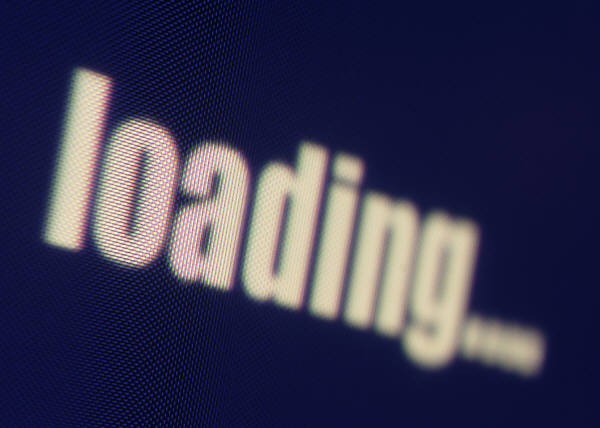Some years ago, it was plainly evident to anyone who has any common sense that the world of media and entertainment content would fragment. In the transition from broadcast to online, the opportunity seemed clear to content owners that a global reach for their content was as simple as putting it all online and direct-to-the-consumer. However, the business, at the time, just wasn’t ready for this and quite frankly still isn’t prepared to allow that to happen ‘carte-blanche.”
I wrote on this topic in 2009 and an update in 2012. It is now 2020, and content rights, geo-blocking, and market dynamics all inhibit the passage of content from broadcast to over the Internet worldwide. Like websites, there is a myriad of Apps all purporting to offer the same content, but in reality they do not. Still, the truth is that national, regional, and content licensing remains an industry sticking point – there is not going to be a central repository of content that we can dip in and out of.
Sports are the most affected in recent years and coming up against the complexity of the industry. Pay-TV has been able to keep sports as one of the mainstays of its premium tier offers and, in some instances, they offer less popular sports (lower tiers), often at odd times of the day i.e. not prime time. This causes a dilemma for these sports as they sign-up to broadcast deals (often behind pay-walls), limiting their rights to show the games on other platforms such as OTT in particular. Happy to be considered good enough for broadcast TV, but then caught in the mouth of the lion.
The industry adage of ‘What I Want – When I Want – Where I Want’ still cannot be satisfied. Content owners have fragmented or gone vertical, leaving the consumer foraging for certain content across all manner of locations. The costs are mounting up and the consumer is becoming disheartened.
On a recent weekend, I wanted to watch Wales against Scotland and saw that it was not on my NBC Sports Gold app. I quickly went hunting and could not find the match on any platform that I was subscribed to. How frustrating! Very, very disappointing! Even the pirate sites that I found were asking for money (naturally) so its not an option.
At home I have a Cox subscription (it wasn’t being shown on any channel) … I also have a NBC Sports Gold rugby pass but it didn’t show it, Netflix – don’t do sport – Hulu – don’t do sport – HBO Max – don’t do sport … then there is DAZN purported to be the Netflix of sports – don’t do International rugby in the USA – Rugby Pass – geo-blocked … #WTF what’s the point? I am feeling hard done by and frustrated. I am tempted towards piracy – it is cheap and is available. Doesn’t the industry understand that they have an issue?
I’ll keep up my hopes of getting – What I Want -When I Want – Where I Want, but I don’t think that will be for quite some time, if ever!







